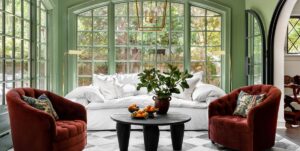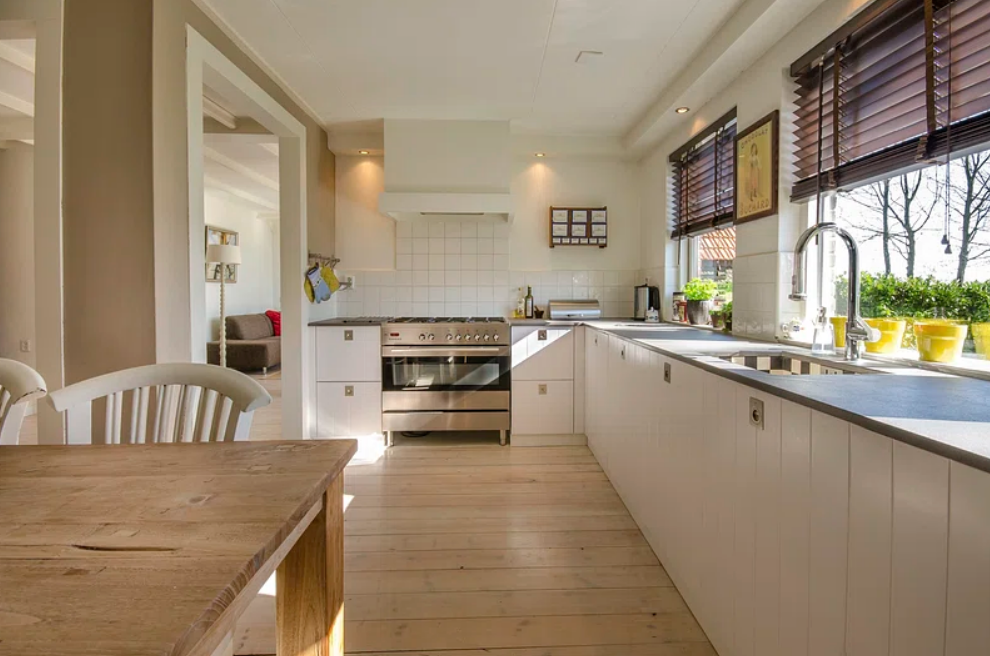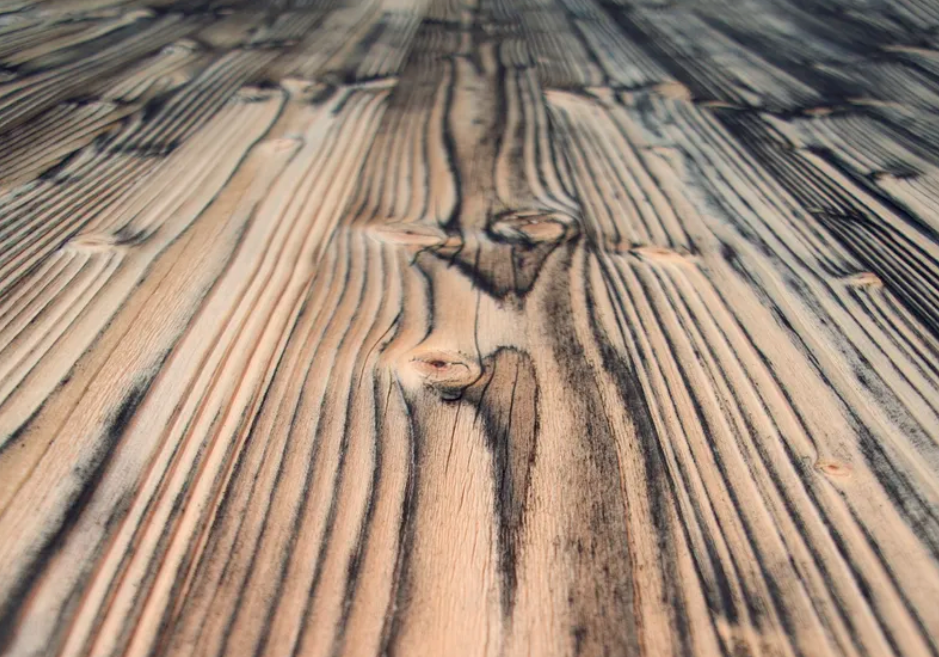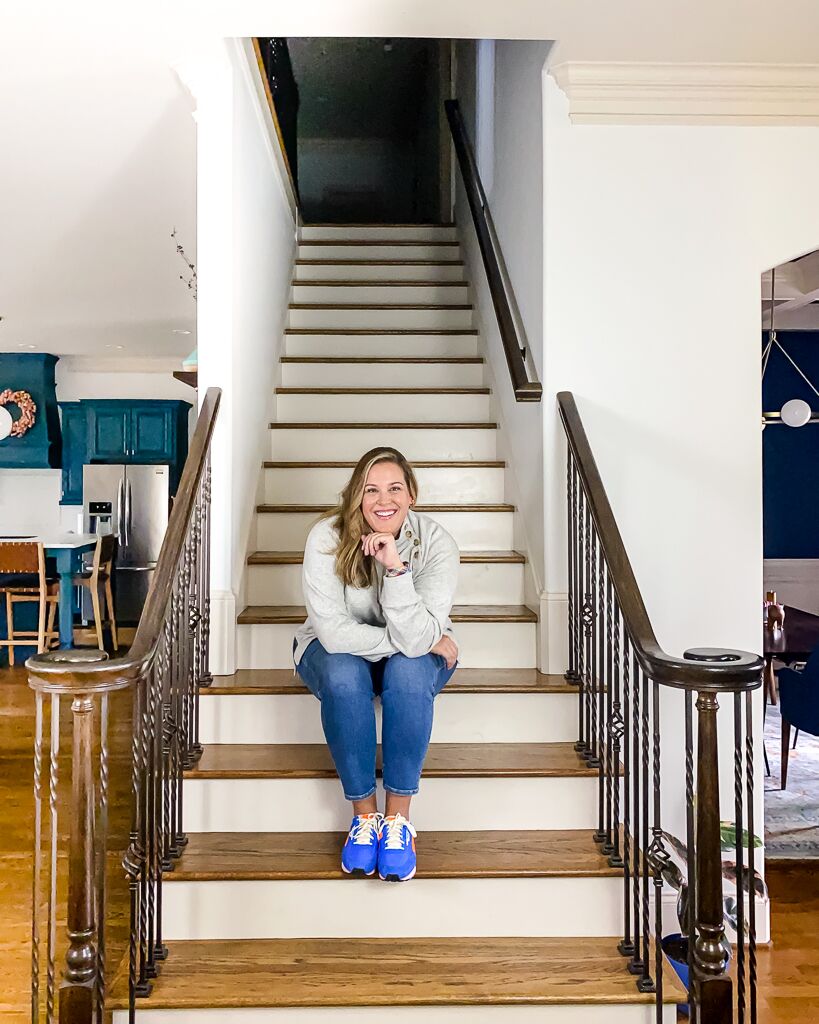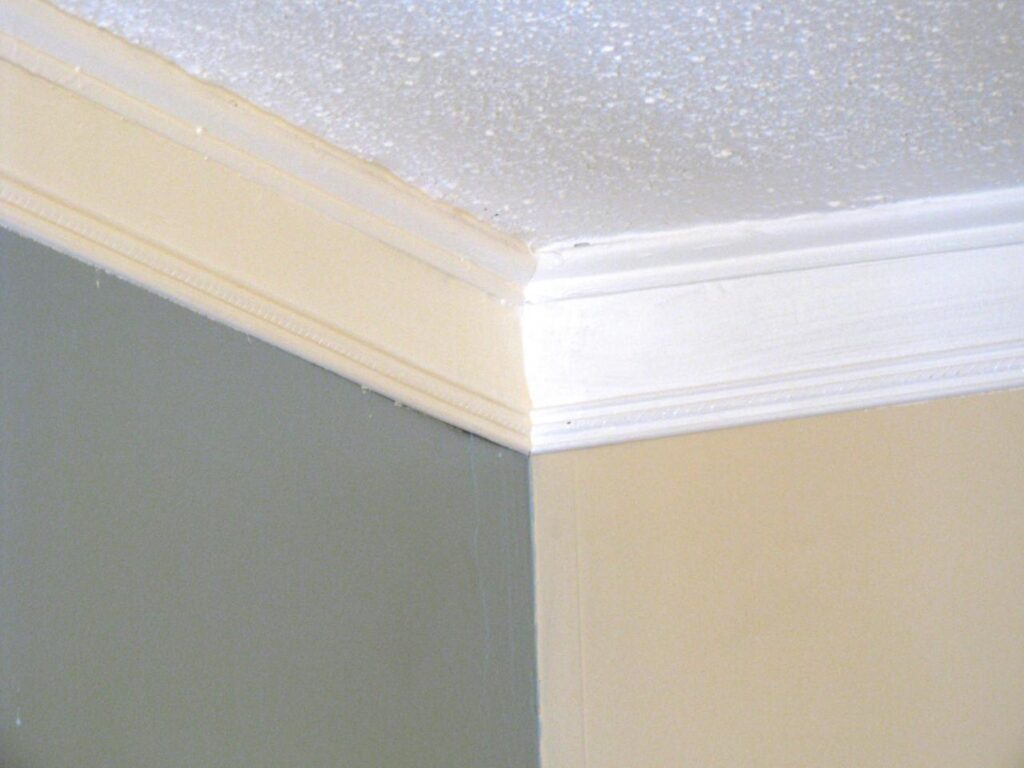Whether you have just finished building your log cabin or you’re planning to remodel it, you need to make sure that the interior looks great. Using the right colors and materials can help you create a welcoming atmosphere.
Drywall
Adding drywall to a newly constructed modern log cabin can give it a stylish look and increase its efficiency. It is also a great way to create a functional accent piece.
Using drywall to enhance the interior of a log cabin will allow you to create an open and spacious feel. It is also easy to install and inexpensive. It can also be used to create a flat surface for hanging decorations.
When adding drywall to a log cabin, it is important to make sure that it is installed only on the wood frame. Otherwise, you can end up with holes where you can’t install any drywall.
One way to enhance the interior of a log cabin is by using light colors. For instance, a whitewash or clear neutral will be a good choice. You can also add textured materials to add color and flair.
Another way to enhance the interior of a log home is to increase the height of the walls. This is especially helpful in bathrooms. By raising the wall height, you can create a more spacious interior. You can also add insulation to the walls for additional energy efficiency.
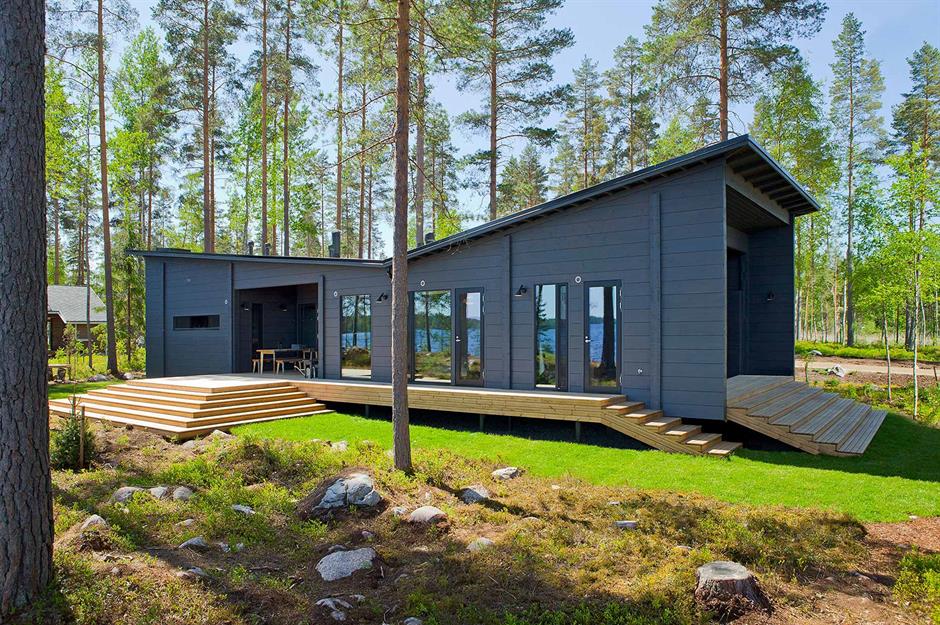
Lighting
Whether you are building a log cabin from a trusted home builder or have an existing one, lighting is an important aspect to consider. It not only adds beauty to your home, but it also adds safety. In addition, it can make the difference between a cozy cabin and a cold one.
There are many types of lighting options for log cabins. Some are more technologically advanced than others. You’ll want to make sure you choose the right type of lighting for your needs.
The best way to light up your log cabin is to combine natural light with soft lighting. A chandelier is one way to accomplish this. There are dozens of different styles to choose from.
You can also use a combination of recessed lights and wall sconces. This is especially helpful in bathrooms. A combination of these two light sources will be the perfect way to get some light to the corners of the room.
There are also plenty of options for outdoor lighting. You can use solar lights for a magical touch. In addition, you can install floodlights to illuminate your log cabin.
Contrasting colors
Using contrasting colors to enhance the interior of a new log cabin can be a fun way to add some personality to your home. Although a rustic or log cabin interior is often thought of in brown and earth tones, it can be enhanced with the right colors.
For example, a red wall is a fun way to add some color. You can use a red door handle, red drapes, or red artwork to add some color without going overboard.
A brightly painted sofa or chair can be a fun way to add some life to your log cabin. A bold chandelier can add a sophisticated touch.
The right colors can make a room feel warm and cozy. You can also use wood to create a dark and moody interior. The right flooring can add character to a room as well.
A fireplace is a great way to add interest to the interior of a log cabin. For a modern home, you can use brick or stonework to accent the fireplace.
Fireplaces
Whether you are building a new home or just want to upgrade the look of your existing home, adding a fireplace can make a huge impact. Fireplaces are not only useful for heating your home, but they also add character and ambiance. They help add value to your home and are a great focal point for any room.
Fireplaces have come a long way since the days of traditional wood-burning fireplaces. Today, there are gas fireplaces, artificial gas fires, and rustic wood burners. The design options are virtually endless.
Gas fireplaces are cleaner to operate than wood-burning fireplaces, and they don’t leave the rest of your house freezing cold. Some models come with a thermostat, which allows you to control the temperature of the fireplace. You also don’t have to worry about tending to the fire.
Gas fireplaces don’t require a full chimney, which makes them safer and cleaner. Many come with an on/off switch. They can also be vented through the roof or wall.

